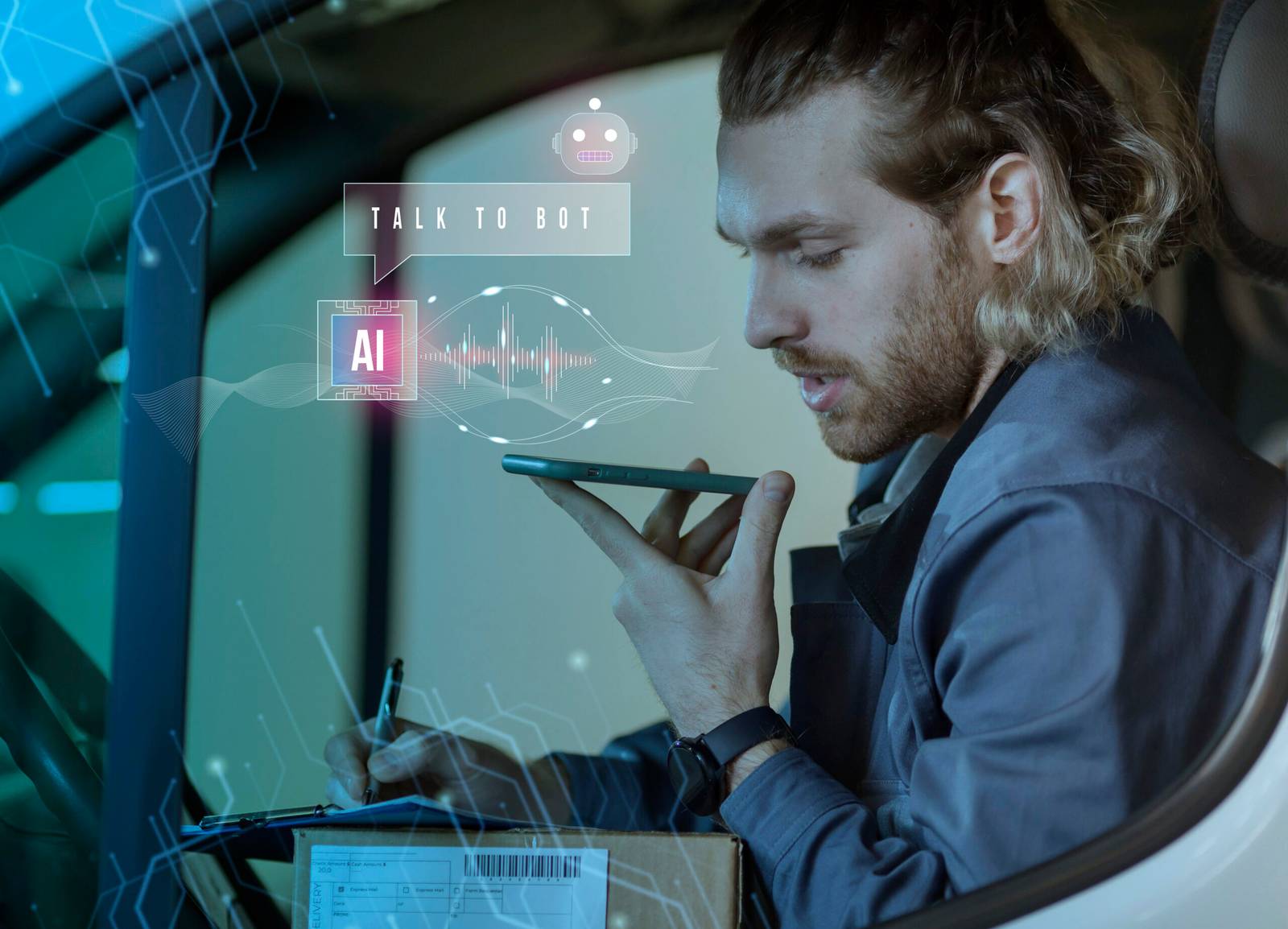The Role of AI in Sustainable Transportation

by Web Digital
In the quest for a greener future, Artificial Intelligence (AI) emerges as a driving force, reshaping the landscape of transportation towards sustainability. This article explores the multifaceted role of AI in revolutionizing the way we commute, fostering eco-friendly practices, and paving the road for a sustainable tomorrow.
Intelligent Traffic Management: Smoothing the Commute
AI-Powered Traffic Signal Optimization
Smart traffic management powered by AI algorithms optimizes signal timings in real-time. This reduces congestion, minimizes fuel consumption, and enhances overall traffic flow, contributing to a more efficient and eco-conscious transportation system.
Predictive Analytics for Congestion Mitigation
AI’s predictive analytics analyze historical and real-time data to forecast traffic patterns. By anticipating congestion hotspots, authorities can proactively implement measures to divert traffic, reducing emissions and promoting smoother traffic flow.
Electric and Autonomous Vehicles: AI at the Wheel
AI-Enhanced Electric Vehicle (EV) Efficiency
AI algorithms optimize charging schedules and battery management in electric vehicles, extending battery life and improving overall efficiency. This not only enhances the viability of electric transportation but also reduces the environmental impact associated with battery production.
Autonomous Driving for Fuel Efficiency
AI plays a pivotal role in the development of autonomous vehicles, optimizing driving patterns for fuel efficiency. Automated systems can anticipate road conditions, adapt driving behaviour, and minimize energy consumption, contributing to sustainable and eco-friendly transportation.
Smart Fleet Management: Redefining Logistics
Route Optimization for Fuel Savings
AI-driven route optimization in logistics reduces fuel consumption by finding the most fuel-efficient paths for transportation. This not only lowers operational costs but also minimizes the carbon footprint associated with goods transportation.
Predictive Maintenance for Sustainable Fleets
AI’s predictive maintenance capabilities prevent vehicle breakdowns, ensuring that fleets operate at peak efficiency. This proactive approach not only reduces emissions from inefficient vehicles but also extends the lifespan of transportation assets, aligning with sustainable practices.
Public Transportation Reinvented: AI-Powered Innovations
Dynamic Scheduling for Efficiency
AI’s dynamic scheduling adjusts public transportation routes in real time based on demand patterns. This not only reduces wait times for passengers but also optimizes energy consumption by aligning transportation resources with actual needs.
AI-Powered Public Transportation Safety
Autonomous systems enhance the safety of public transportation. AI algorithms monitor road conditions, anticipate potential hazards, and implement preventive measures, ensuring secure and reliable public transportation services.
Sustainable Infrastructure Development: AI’s Influence
AI-Assisted Urban Planning
AI aids urban planners in designing transportation systems that prioritize sustainability. From the integration of bike lanes to the development of eco-friendly public spaces, AI contributes to creating cities that prioritize green and sustainable modes of transportation.
Energy-Efficient Traffic Lights
AI-driven traffic lights dynamically adjust signal timings based on traffic conditions, reducing unnecessary stops and starts. This not only enhances traffic flow but also conserves energy, contributing to the overall sustainability of transportation infrastructure.
Overcoming Challenges: The Path Forward
Addressing Bias in AI Algorithms
Ensuring equity in the implementation of AI in transportation requires addressing biases in algorithms. Developers must actively work to eliminate discriminatory practices, ensuring that AI systems benefit all communities and demographics.
Enhancing Data Security and Privacy
As AI relies heavily on data, ensuring the security and privacy of transportation-related information is crucial. Robust cybersecurity measures and transparent data usage policies are essential to build public trust in AI-driven transportation systems.
A Sustainable Road Ahead: The Vision
AI as a Catalyst for Green Transportation
In conclusion, AI stands as a catalyst for transforming transportation into a sustainable and eco-friendly ecosystem. From optimizing traffic flow to enhancing the efficiency of electric and autonomous vehicles, the integration of AI heralds a greener and more sustainable future for global transportation.
Collaborative Efforts for Sustainable Mobility
Embracing this vision requires collaborative efforts from technology innovators, policymakers, and communities. By working together, we can unlock the full potential of AI in creating a transportation landscape that prioritizes sustainability, efficiency, and accessibility for all.
Recommended Posts

The Role of AI in Canadian Digital Marketing
September 23, 2025

5 Digital Marketing Trends in Canada for 2025
September 23, 2025

Creating a Cohesive Visual Identity for Your Canadian Brand
September 16, 2025
